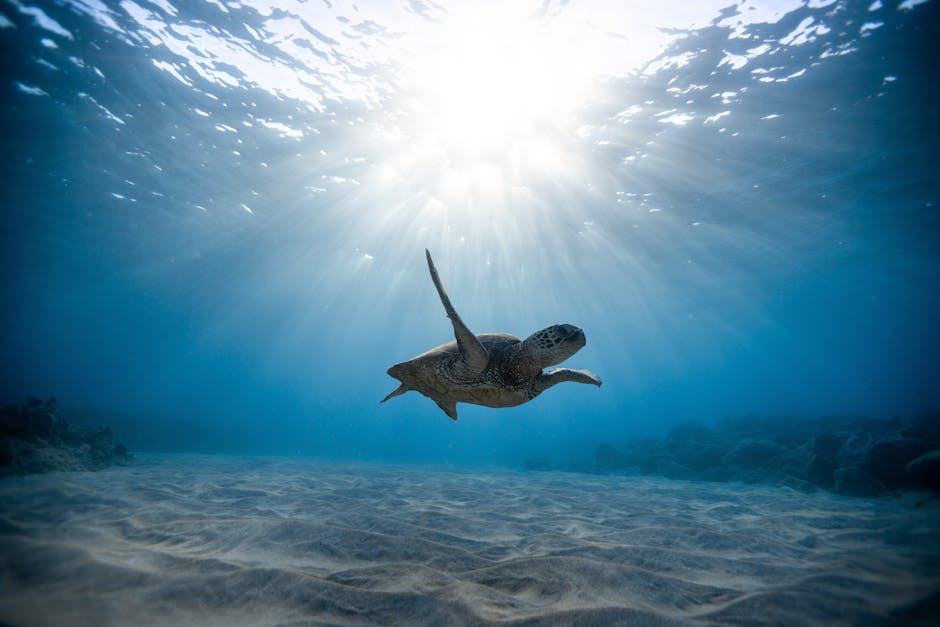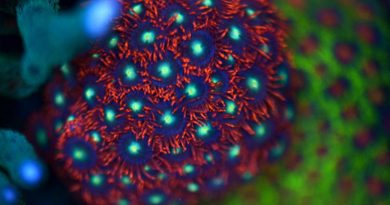Fighting Algae
If you’ve found yourself in the terrible position of regularly combating algae breakouts in your tank. We’re going to give you the skills to put an end to it forever today on the Akuarium Laut Guide. You’ll have a very obvious way to never dealing with it again by the end of this post. All of this is about to happen. This is a step-by-step guide to putting together your first successful reef aquarium.
I personally defied all forms of advise, listened to incorrect advice, and learned the hard way. The only thing that matters now is that we learn from our mistakes and move on. In the first year, a new tank is a finicky thing, and a little luck is a big part of the secret sauce. Again, it’s fine because we’ll take care of it today.
Above all, keep in mind that you’ve worked hard for months to get to this position. It will take months to get out of here. It’s not difficult, but the best pathways require time. I understand that we all want the tank to look great the next day; it’s human nature. But, if we can take that off the table, would you be comfortable if the problem was addressed in a few months and you were able to conquer it permanently without having to deal with other issues?
In that spirit, I’m going to walk you through how I would handle an algae problem in a series of increasingly aggressive stages. One of those will undoubtedly work.

The first is that you probably arrived here because of high nutrition and strong lights, but that won’t get you out. It’s important to recognize that excessive nitrate and phosphate levels frequently cause algae problems in new tanks, but it’s rare for a reefer to be able to completely eliminate algae from their system by simply lowering nitrate and phosphate levels.
Note that if you have a lot of algae but no nitrate, it’s because the nitrate is already in the algae, which means it’s been used to grow.
So checking for low nitrate or phosphate on a test kit and simply not observing algae growth in the tank are also options. While decreasing phosphate and nitrate may not completely eliminate algae from your system, it is a vital step toward preventing it from returning. As a result, think about your feeding habits and filtering strategy for the future.
Again, if you notice nitrate or phosphate levels rising, simply cease giving as much. If you can’t help yourself, increase your filtering.
Increase the water change schedule, improve the skimmer, and add a refugium until the levels stop rising.
The second step is to manually remove the algae if at all possible. In most circumstances, I would not scrub it away because this only serves to spread it farther. But I was able to pinch it off with my thumb and then suck it out of the tank using a siphon.
Not only was the algae removed from the tank, but also all of the nitrogen and phosphate that it contained.
It’s almost like having a refugium within the tank. Again, you may need to practice this on a weekly basis for a few months to see effects.
The third is a tang gang, which is a group of algae-eating fish. A few fish like this are the most effective part of a cleanup crew, period, and may erase algal symptoms in a matter of days to weeks. Some people are more aggressive than others, or they like different types of food.
The best technique is to have a variety of algae eaters or tang gang. There are numerous possibilities even if you have small tanks like this. They’ll probably outgrow the tank in a few years and you’ll have to replace them. But, let’s be honest, most reefers upgrade to a larger tank after a couple of years of successful reefing. The purpose of the initial tank, even if you don’t upgrade to a larger tank, isn’t to retain the same fish for as long as possible.
It’s a beautiful tank, so rehoming them as they grow is a viable alternative for achieving that aim. If you can’t do the tang gang, there are plenty of other livestock possibilities, like snails and crabs, Mexican turbos, and sea urchins, to name a few. However, full remedies to an algae infestation are extremely unusual. So, it’s more of a component of a larger strategy, whereas a tang gang, on the other hand, can wipe out all traces of algae on their own more than half of the time.
Fourth, if those tried-and-true methods aren’t working, it’s time to try a less natural but more assertive approach.
Note that aggressiveness can have unexpected consequences, especially in stress systems. However, these are typically regarded as safe choices. Starting with bacterial alternatives, which entails treating an aggressive heterotrophic bacteria capable of eating algae. Vibrant and MicroBacter Clean are the most popular. Vibrant is the more aggressive of the two, and it’s the only way I’ve ever seen bubble algae entirely eradicated from a tank.
Because these bacteria do not multiply in seawater, they must be dosed on a regular basis.
The most crucial piece of advise I can give you is that it took you months to get into this situation, and it’s best to take months to get out of it. So, follow the guidelines on the bottle and, after you notice some benefits, keep doing what you’re doing and don’t step up your game. This isn’t a case where more is always better; it’s a case where the appropriate quantity is ideal. So follow the directions and see the algae almost miraculously vanish over the next few months.
One thing to keep in mind is that if something new replaces it, don’t be surprised, especially if you overdose to make it go faster. More dosing would clear algae faster, but such drastic alterations will only allow new pests to take over. Other algae or bacterial slimes could be present.
These are highly effective treatments, but you must follow the instructions and give yourself a couple of months to see the finest benefits.

Fifth, there are increasingly aggressive and less natural choices like fluconazole. I refer to as “increasingly aggressive and less natural.”
Fluconazole is used to treat fungal infections in fish, but reefers discovered that by suppressing some key metabolic pathways. It can entirely eliminate algae from the tank. Reefers utilize it on one of the most difficult algaes to fight, Bryopsis, which was practically impossible to beat at one point. Fluconazole is highly effective against Bryopsis and other algaes. Aggressive solutions are never without risk. While I’ve heard of them, I’ve never seen fluconazole have any visible side effects.
However, I’ve noticed a decrease in calcium and alkalinity uptake. That is to say, it is most certainly causing stress to the system that isn’t visible to the naked eye. However, because it works so well, we use it frequently at BRS for Bryopsis.
The sixth option is to drain the tank and kill the algae areas directly with peroxide if nothing else works. You can buy it in a spray bottle at a medicine shop and spray it directly on the algae. Allowing it to sit for a few minutes before refilling the tank.
Peroxide is readily tolerated by many corals, even when applied directly to their tissue. Many reefers use it as a coral dip, however I try to stay away from the corals when spraying it.
Peroxide won’t kill the roots, so it’ll come back, but it’s a fantastic method to slow it down, and it’ll work best in combination with some of the more aggressive options. I can almost guarantee that the six-step escalation will completely eliminate algae from your tank. Hopefully, it will be with one of the simpler first stages, but you now have a strategy.



